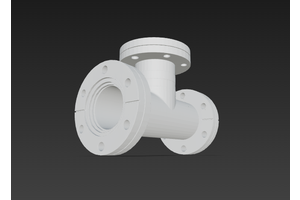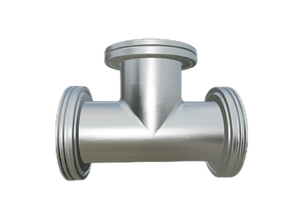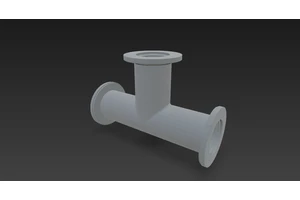-
The Basics of Vacuum Technology: Principles and Definitions
Vacuum technology is the science and engineering of creating, maintaining, and using environments with lower-than-atmospheric pressure. It is a critical foundation for industries ranging from semiconductor manufacturing to aerospace research. By understanding the principles of vacuum and how it relates to gas pressure, we can see why this technology is so vital for modern industry.What Is Vacuum Technology?At its core, vacuum refers to the absence or near-absence of gas molecules in a space. Normal air at sea level has a pressure of about 1013 mbar (760 Torr). When gas molecules are removed, the pressure decreases, and a vacuum is created. The deeper the vacuum, the fewer molecules remain.Levels of VacuumRough Vacuum (10³ to 1 mbar):Used in industrial processes like packaging and drying.High Vacuum (10⁻³ to 10⁻⁷ mbar):Required for processes such as thin-film deposition.Ultra-High Vacuum (10⁻⁷ mbar and below):Necessary for semiconductor fabrication, surface science, and particle acceler
View -
What are some examples of ultimate vacuum in practical applications
The concept of ultimate vacuum is critical in various fields where extremely low-pressure environments are necessary. Here are several examples showcasing its practical applications:Scientific Research:Particle Physics Research: Facilities like the Large Hadron Collider (LHC) rely on ultra-high vacuum (UHV) conditions, achieving ultimate vacuums down to 10^-9 to 10^-10 Pascals. This ensures that particle beams can travel long distances with minimal collision against gas molecules.Material Science and Surface Analysis: Techniques such as Scanning Tunneling Microscopy (STM) and Atomic Force Microscopy (AFM) require an exceptionally clean environment free from air-borne contaminants, necessitating high or ultra-high vacuum conditions.Semiconductor Manufacturing:In the fabrication of semiconductor chips, processes including Chemical Vapor Deposition (CVD), Physical Vapor Deposition (PVD), and etching are conducted under high vacuum or UHV to minimize contamination and ensure precision. The
View -
How is vacuum categorized? (Rough vacuum, Medium vacuum, High vacuum, Ultra-high vacuum, Extreme high vacuum).
Vacuum can be classified into five categories based on their pressure range, which reflects the number of gas molecules per unit area:Rough Vacuum: This ranges from atmospheric pressure (around 101325 Pascals) to approximately 2.7×10^-2 Pascals. It's the easiest level of vacuum to achieve and is commonly seen in household appliances like vacuum cleaners.Medium Vacuum: The pressure here lies between roughly 2.7×10^-2 Pascals and 1×10^-4 Pascals. This level of vacuum is often used in some industrial processes.High Vacuum: In this category, the pressure falls within 1×10^-4 Pascals to 1×10^-7 Pascals. At this level, only several million molecules exist per cubic centimeter, suitable for processes like coating.Ultra-High Vacuum (UHV): This ranges from 1×10^-7 Pascals down to less than 1×10^-10 Pascals. Such a high degree of vacuum is crucial for experiments in surface science.Extreme High Vacuum: Generally refers to pressures below 1×10^-10 Pascals, representing extreme conditions used in
View
High Vacuum




